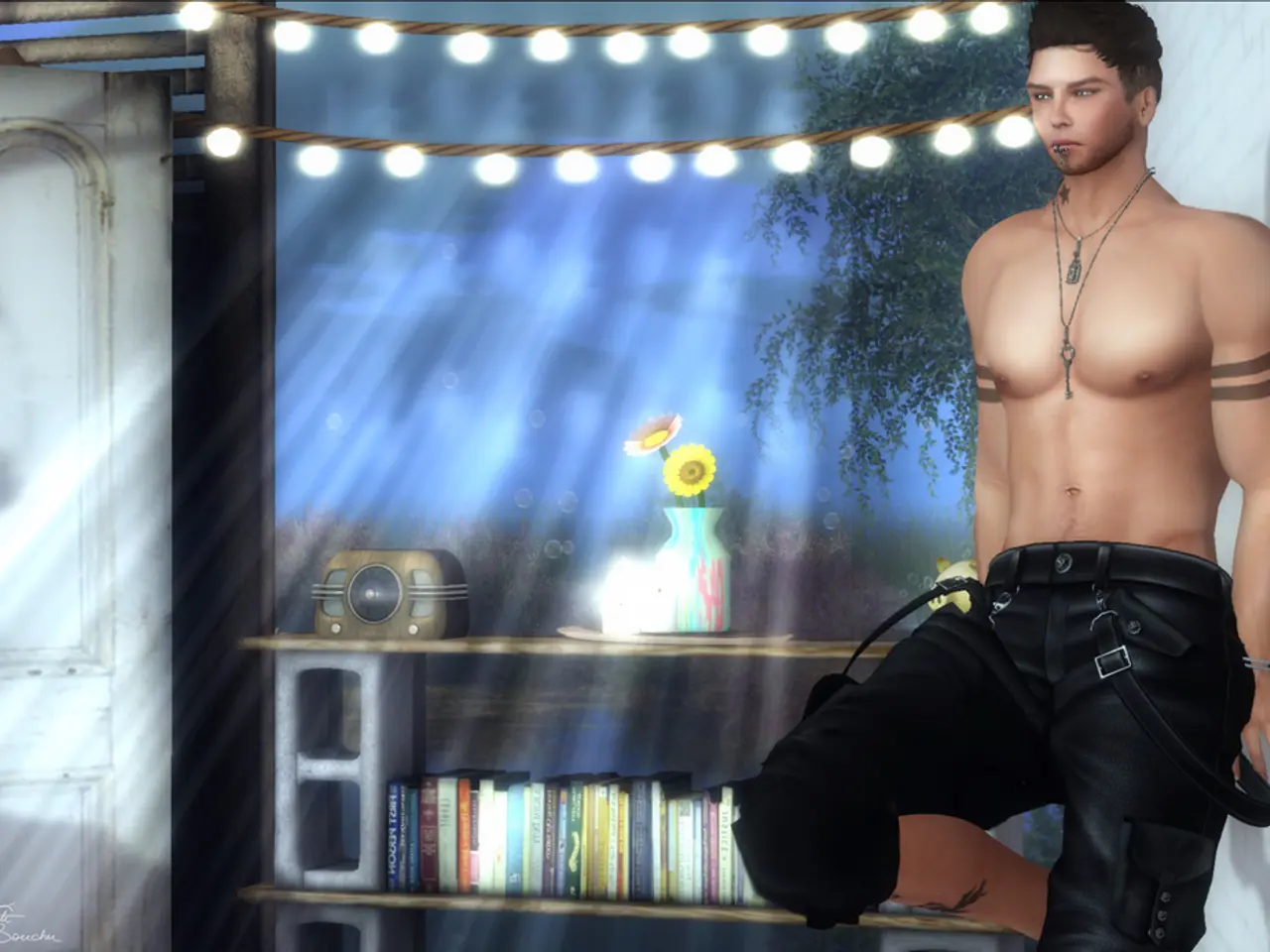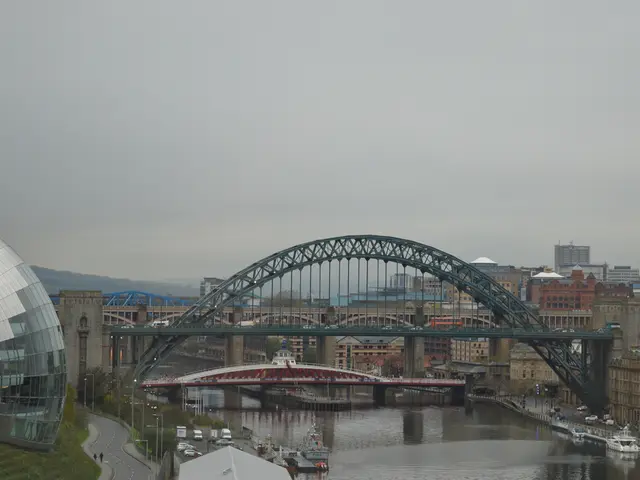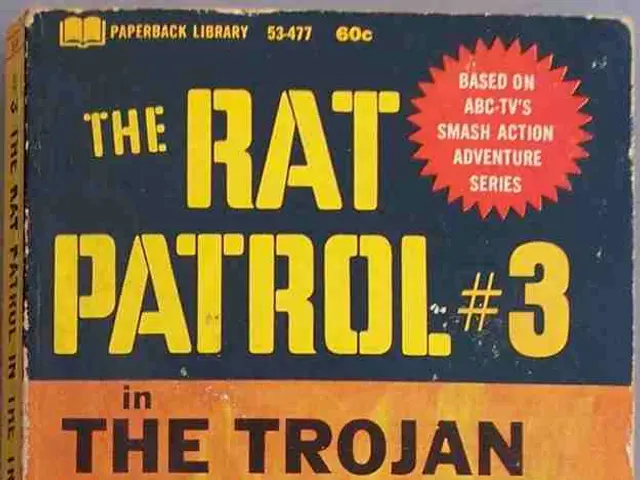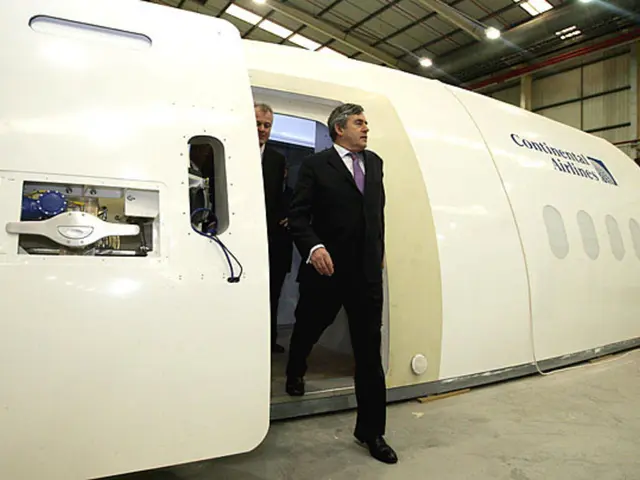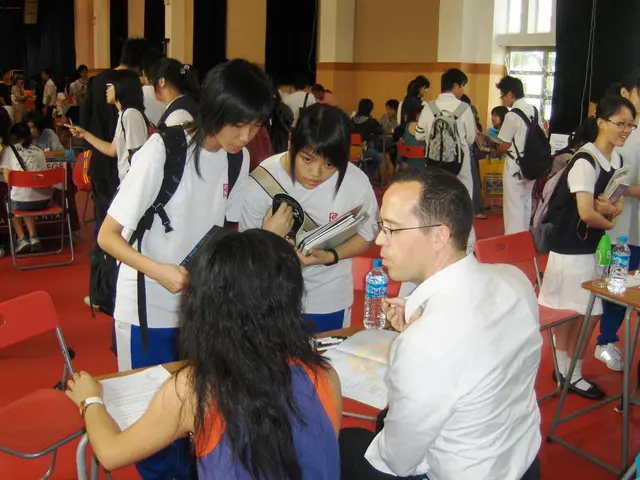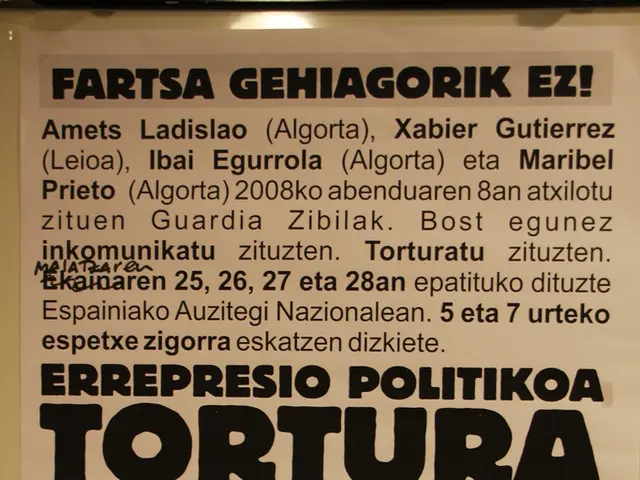Utilizing Deep Fake Technology in Education: Guide and Strategies
In the ever-evolving world of education, a new tool is making waves – deep fake technology. Jaime Donally, an immersive learning expert, is one of its advocates, comparing the concerns surrounding this technology to those initially raised about virtual reality (VR) when it first appeared.
Donally, who has paired animations created with other types of immersive technology, including augmented reality (AR), believes that avoiding immersive technologies like deep fake technology is akin to teachers advising against going on the internet in its early days. She argues that it's essential for educators to embrace these technologies and guide students in navigating them responsibly.
One such platform that is making deep fake technology accessible to educators is the MyHeritage app. This app has been used by teachers to animate historical figures such as Amelia Earhart, Albert Einstein, and Frederick Douglass. For instance, one teacher used an animation of Frederick Douglass to help students connect with Douglass' 1852 speech about the meaning of the Fourth of July to Black enslaved Americans.
The deep nostalgia technology, available on the MyHeritage app, allows images to be turned into short animations. Jaime Donally herself has used this technology to bring a photo of her grandfather, who she never met, to life in a deeply personal way.
However, it's not all smooth sailing. There are important privacy concerns educators need to consider when using deep fake technology. These include the legality of data collection, storage, and sharing, as well as obtaining proper image permissions. Discussing these legal and ethical concerns can provide valuable additional lessons for students.
Moreover, deep fake technology has the potential to violate privacy and create fake videos of real people. It's crucial for teachers to ensure that their students understand these risks and use the technology responsibly. With proper supervision, students can use the technology to animate images of family members or local historical figures, and can experiment with AR in the process.
The MyHeritage app offers a two-week free trial period and plans start at $7.42 per month. The use of deep fake technology in the classroom can add a new perspective to history and cultural lessons, making learning more engaging and interactive.
Despite the potential benefits, there is no information available about a person who has had a picture of their great-grandfather made alive using deep fake technology or how this process led to a closer connection to their family heritage. As more educators and students explore this technology, such stories may become more common.
In conclusion, the responsible use of deep fake technology in education can open up a world of possibilities. By embracing this technology, educators can help students connect with history in a way that was previously unimaginable, while also teaching them about the ethical and legal considerations that come with this powerful tool.
Read also:
- Understanding Visual Communication's Role and Its Significance
- Strategies to Minimize App Shopping Cart Abandonment: 12 Tried-and-True Methods to Secure the Purchase
- Simplifying English for Daily Use with Modern Devices and Accessories
- Ghanaian Government to Maintain Supply Chain Stability amid USAID Interruptions via Zipline
